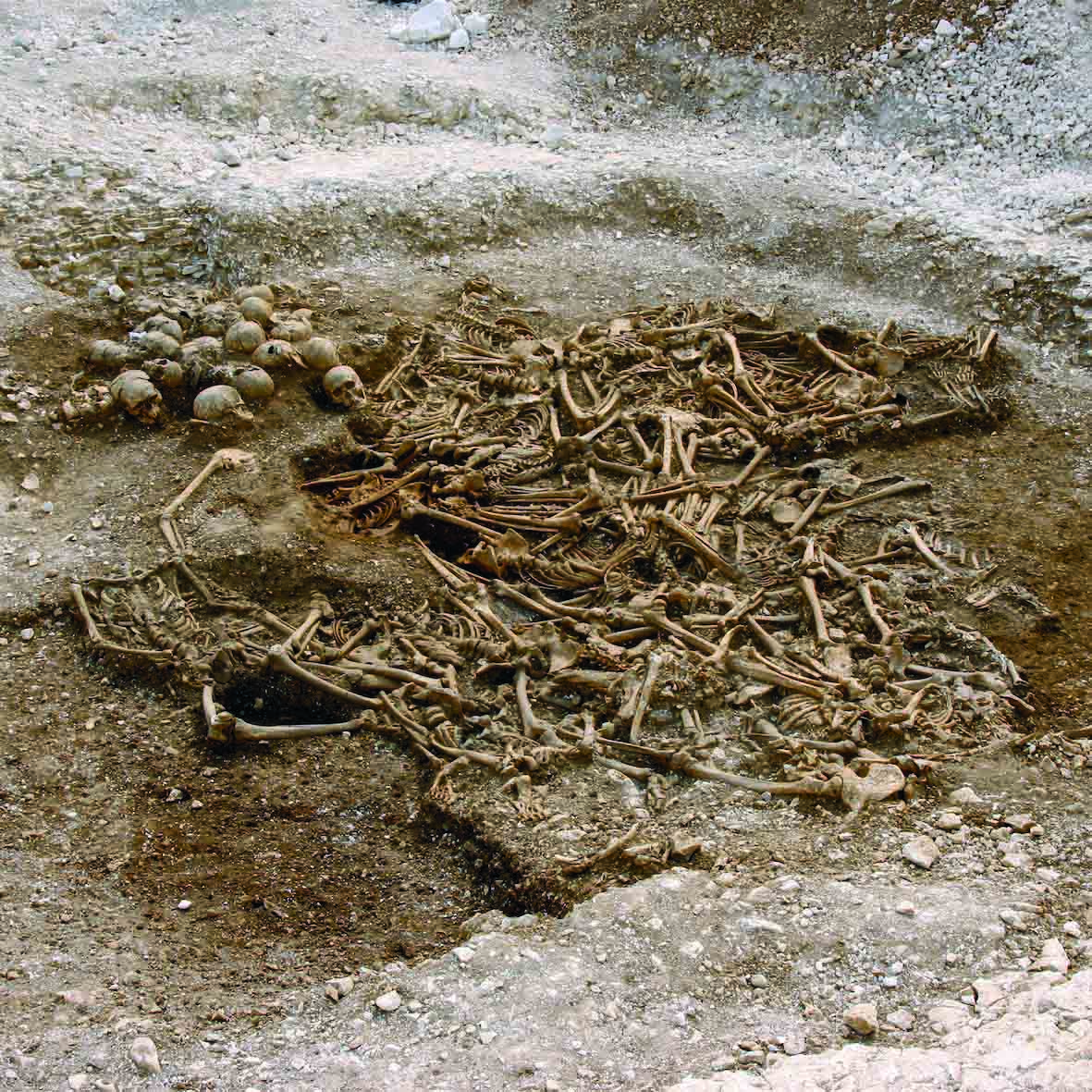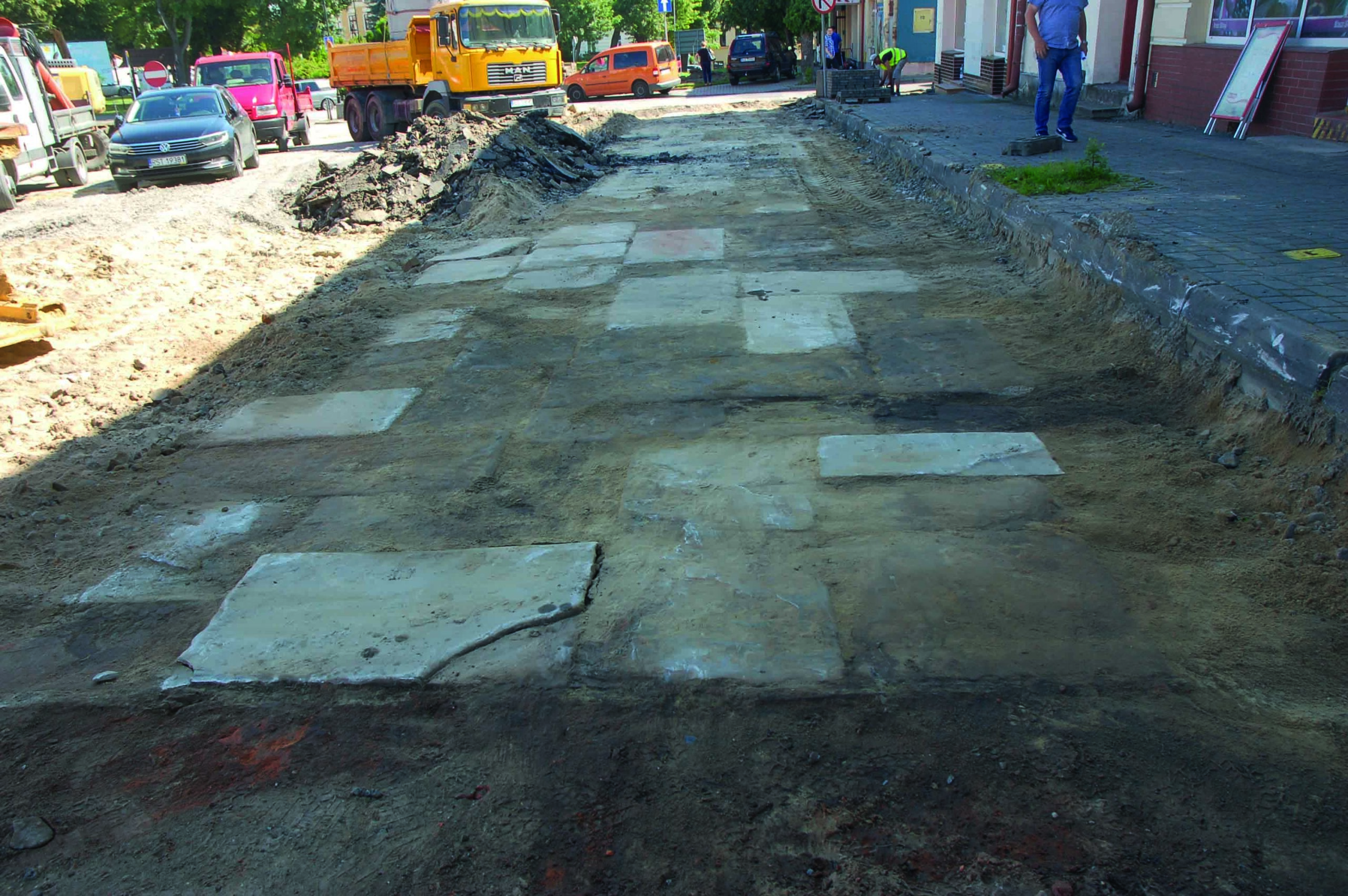
EXETER, ENGLAND—According to a statement released by the University of Exeter, Alexander Pryor and his colleagues analyzed the 27,500-year-old teeth of 29 butchered Arctic foxes unearthed at Kraków Spadizista, an Upper Paleolithic site in southern Poland. The chemical composition and structures of the teeth and their roots allowed the scientists to determine how old each animal was at the time of death, where it was born, and what time of year it had died. The study revealed that at least four of the foxes had migrated long distances, and at least ten of them had been killed between late winter and late spring. Pryor explained that Ice Age hunters likely timed their fox hunts to take advantage of the animals’ thick fur coats and body fat in late winter, and used Kraków Spadizista as a temporary base camp while maintaining trapping lines and processing hides during the hunting season. To read about a structure in Russia that hunter-gatherers constructed out of mammoth bones some 25,000 years ago, go to "Ice Age Ice Box."










